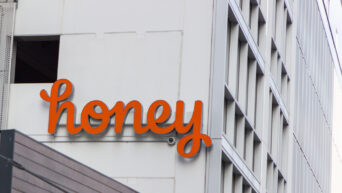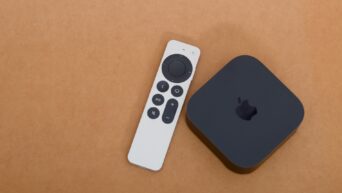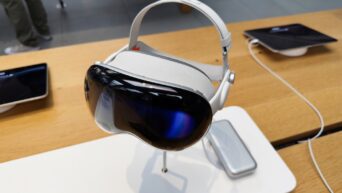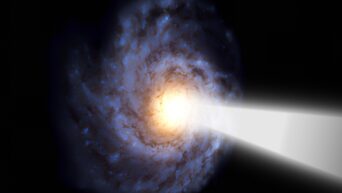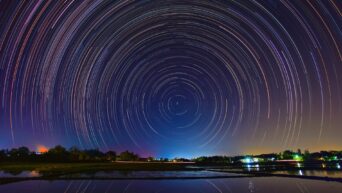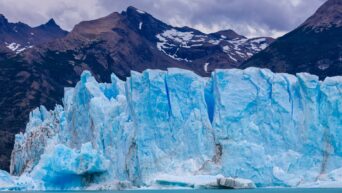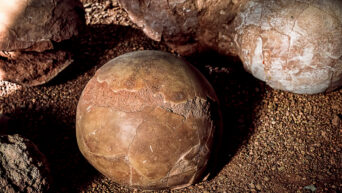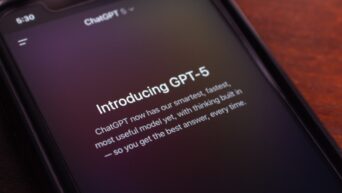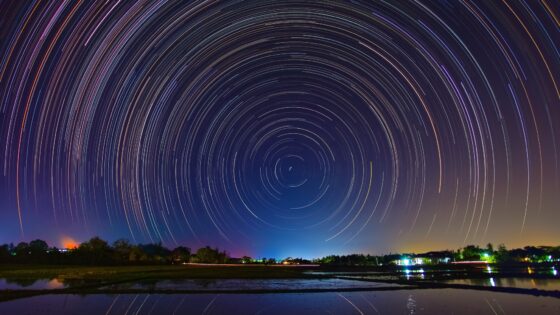
Credit: Unsplash
The recently-launched space telescope is in the process of setting up its defenses.
On Christmas Day, NASA successfully launched the James Webb space telescope into orbit. While getting the massive orbital observatory up into the deep dark was definitely one of the harder parts of the process, it’s not quite ready to begin monitoring the galaxy in earnest just yet. The instruments that give the telescope its observing abilities are extremely sensitive to changing temperatures, and can break if made too warm. To that end, NASA needed to deploy a gigantic sunshield over the telescope’s body to protect it from the unmitigated heat of our Sun.
It was a potentially difficult process, deploying the shield remotely, but as of yesterday, NASA managed to successfully pull it off without a hitch, unfurling a massive barrier roughly the size of a regulation tennis court. “Unfolding Webb’s sunshield in space is an incredible milestone, crucial to the success of the mission,” Gregory L. Robinson, Webb’s program director at NASA Headquarters, said in a statement. “Thousands of parts had to work with precision for this marvel of engineering to fully unfurl. The team has accomplished an audacious feat with the complexity of this deployment — one of the boldest undertakings yet for Webb.”
“The membrane tensioning phase of sunshield deployment is especially challenging because there are complex interactions between the structures, the tensioning mechanisms, the cables and the membranes,” said James Cooper, NASA’s Webb sunshield manager. “This was the hardest part to test on the ground, so it feels awesome to have everything go so well today.”
We just finished deploying our sunshield today, but wait, there's more! #NASAWebb's secondary mirror is planned to be unfolded tomorrow, Jan. 5th, in the morning (Eastern time). Read more at the blog: https://t.co/tlNmsf2UL7 #UnfoldTheUniverse pic.twitter.com/MbO5YXNBIK
— NASA Webb Telescope (@NASAWebb) January 4, 2022
With the sunshield successfully deployed, the Webb telescope has successfully bypassed the vast majority of potential failures. There are still a few steps left before it can safely float to its optimal orbit, including unfurling the giant mirror needed to collect and analyze light from long distances. The mirror unfurling is currently in progress at time of writing.










